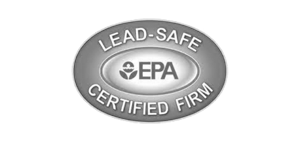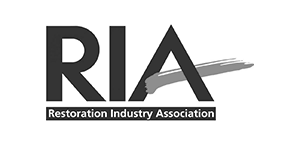Nearly 1 in 50 insured homes in the United States file a claim for water damage each year. The average claim costs around $11,000, according to the Insurance Information Institute.
Water damage can come from many sources. This includes burst pipes, leaking appliances, and natural disasters. It can harm ceilings, floors, and walls in different ways.
It’s important to recognize the signs of water damage. This helps prevent more damage and health risks, like mold growth.
Key Takeaways
- Water damage can happen suddenly or slowly, depending on the cause.
- Common areas affected by water damage include ceilings, floors, and walls.
- Spotting signs of water damage early is key to reducing its impact.
- Ignoring water damage can lead to high repair costs and health issues.
- Regular checks can help find water damage problems early.
How do you know if water damage is serious in Palm Springs?
Knowing the signs of serious water damage can help homeowners avoid expensive repairs. Water damage shows up in many ways. It’s important to understand how bad it is to know what to do next.
Visible signs of serious water damage
Signs like peeling paint and water rings on walls are clear indicators. Mold growth, sagging ceilings, and discoloration also show water damage. These signs mean water has gotten into your home’s structure, which could lead to bigger problems if not fixed.
Hidden indicators of severe water issues
There are also hidden signs of serious water damage. Look out for musty smells, warped floors, and softened drywall. These signs mean water has weakened your home’s materials and structure.
Categorizing water damage: Class 1-4
Restoration experts categorize water damage into four classes. The class helps decide how to fix it. Class 1 has the least damage, while Class 4 is the worst, needing a lot of work to fix.
- Class 1: Minimal damage, typically affecting only a small area.
- Class 2: More extensive damage, potentially affecting larger areas or involving more significant water absorption.
- Class 3: Significant water absorption, often requiring more complex restoration processes.
- Class 4: The most severe category, involving extensive damage that necessitates a full restoration effort.
When to Call Professionals vs. DIY Solutions
How bad the water damage is decides if you can fix it yourself or need a pro. You should check fast to stop more harm.
Emergency Situations Requiring Immediate Professional Help
If you have burst pipes, flooding, or big water damage, call pros right away. These problems can hurt your home a lot and make you sick if not fixed fast. Experts have the right tools and know-how to fix these big issues.
Assessment Tools for Homeowners
Before calling pros, you can check the damage yourself. Look for visible signs of damage like bent floors or colored walls. Also, watch for musty smells. These signs show how bad it is. They help you decide if you need a pro.
Cost Implications of Delayed Treatment
Waiting too long can make repairs costly, cause mold, and damage your home’s structure. The longer you wait, the worse it gets. Pros can act fast to save you money. It’s key to know how serious the damage is to make the right repair choices.
By spotting serious water damage and knowing when to get help, you can avoid big problems. This way, your home gets fixed quickly and right.
Understanding the Severity of Water Damage
It’s important to spot water damage signs early to avoid more harm and health risks. Homeowners need to know the visible and hidden signs of water damage. This way, they can act quickly.
Spotting severe water damage means looking beyond the obvious signs. Knowing the different levels of water damage helps homeowners understand how bad it is. This helps them decide if they can fix it themselves or need a professional.
Knowing how serious water damage is helps homeowners take action. By understanding the severity, they can prevent more damage and stay safe. This knowledge helps them make the right choices when dealing with water damage, saving time and money.







